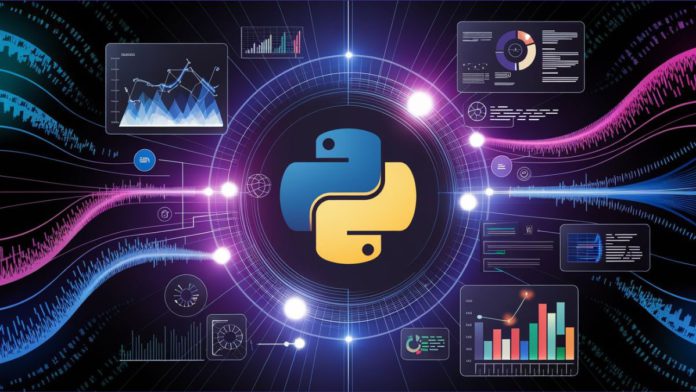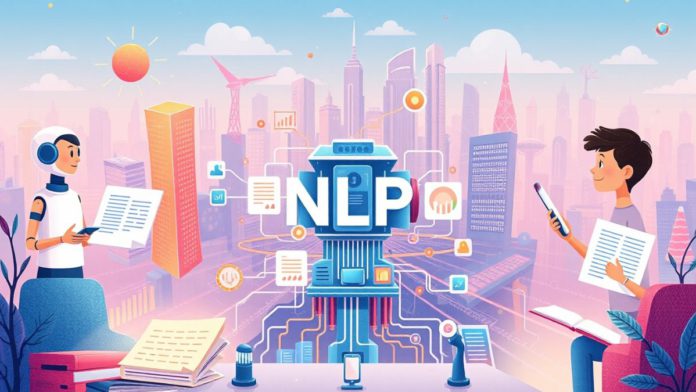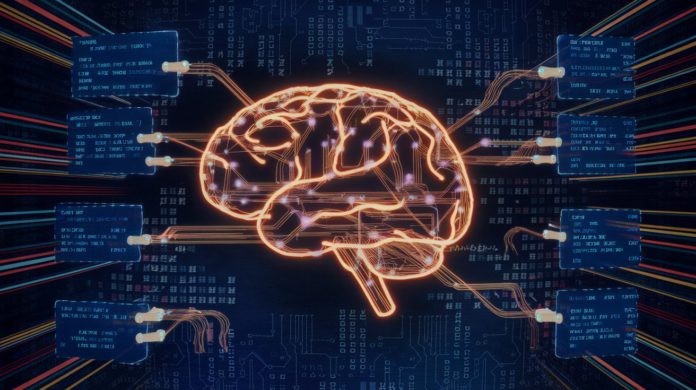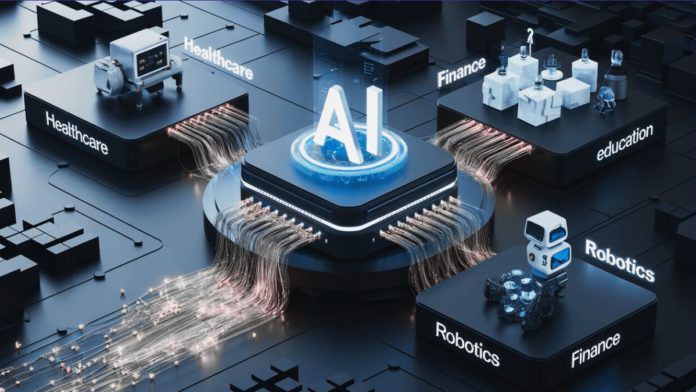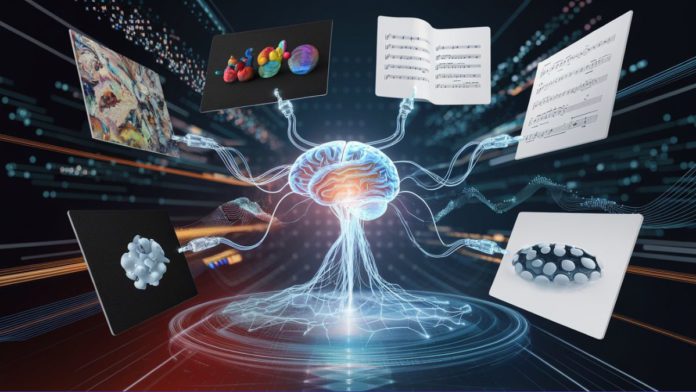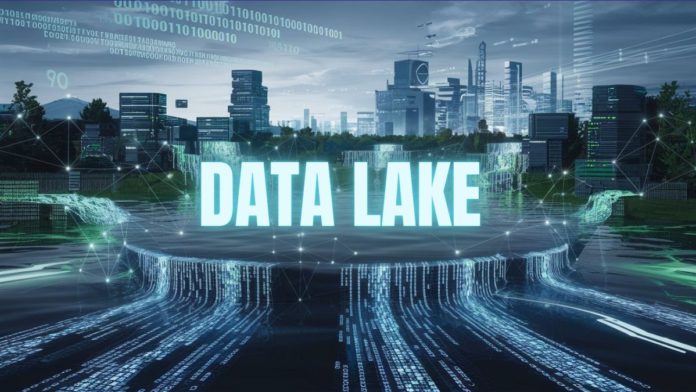Data is incredibly important for today’s businesses, acting as the foundation for informed decisions. Without it, you will be operating in the dark, guessing what your customers want, how products are performing, or where to focus your resources.
Imagine you’re running an online store with thousands of visitors every day. If you don’t know what products people are browsing, adding to their carts, or leaving behind the checkout, you are essentially operating without critical insights. Also, you might end up overstocking items that don’t sell or miss out on trends that could really boost your sales.
This is where data analytics proves handy. It provides the techniques to transform raw data into actionable insights. Using data analytics, you can dig into the data from your website and spot uncovered patterns. These patterns may include information like which products are popular during certain seasons or generate the most sales. Analyzing this information allows you to make smarter decisions and optimize your business operations.
In this article, you will understand the foundational aspects of data analytics and how it helps transform business operations to derive success.
What is Data Analytics
Data analytics is a method for examining large data sets and uncovering hidden patterns, correlations, and insights. It involves using statistical, computational, and visualization techniques to transform raw data into meaningful information. These insights help you develop strategies based on actual data rather than intuition or guesswork.
Types of Data Analytics
Each type of data analytics plays a unique role in helping organizations make sense of their data, guiding everything from understanding past trends to planning future initiatives. Here are four key types of data analytics:
Descriptive Analytics
Descriptive analytics lays the groundwork for all other data analysis. It focuses on summarizing historical data to describe what has happened in the past or what is currently happening. This type of analytics helps in understanding past trends and performance.
For example, consider a retail store analyzing its sales data. Descriptive analytics might reveal that sales of a particular product, such as a popular winter coat, consistently increase during the colder months. This analysis answers the question, ‘What happened?’ by clearly showing past sales trends through charts, graphs, and reports.
Diagnostic Analytics
Diagnostic analytics explores the reasons behind past events. It addresses the question, ‘Why did this happen?’ by examining relationships between different variables and identifying causes.
For instance, diagnostic analytics might delve deeper if the same retail store notices a sales spike for the winter coat during specific months. It could be revealed that the increase is due to successful marketing campaigns or promotional campaigns targeted at holiday shoppers. Analyzing customer demographics and feedback clarifies why the sales increased during that period.
Predictive Analytics
Predictive analytics shifts the focus to the future. It uses historical data to forecast what might happen next. It answers the question, “What might happen in the future?” by identifying patterns and making data-driven predictions.
Predictive analytics might help analyze past sales data of the winter coat to forecast future sales trends. If data shows consistent increases during the winter months, predictive analytics can project that similar trends will continue. This allows the retail store to prepare for expected demand and adjust inventory and marketing strategies accordingly.
Prescriptive Analytics
Prescriptive analytics takes a step further by recommending actions based on data insights. It addresses the question ‘what should we do next’ by suggesting strategies to optimize outcomes and solve problems.
For the retail store, prescriptive analytics suggest running a targeted marketing campaign to boost sales in the lead-up to winter. It can recommend specific promotions or inventory adjustments to maximize the seasonal sales spike.
Data Science vs Data Analytics
Understanding the difference between data analytics and data science is important as each field uniquely leverages data to help produce better outcomes. While both fields focus on extracting insights for data, they differ in their approaches, techniques, and objectives. Here’s a comparison of the two:
| Aspect | Data Analytics | Data Science |
| Purpose | Produce insights that answer specific questions and can later be used to make informed decisions. | Develop predictive models and algorithms that help you solve complex problems and uncover more profound insights. |
| Focus | Analyze historical data to generate actionable insights. | Use statistical and computational methods to create models for predicting future trends. |
| Scope | It is a broad field that includes data integration, analysis, and presentation. | It is a multidisciplinary field that includes data engineering, computer science, statistics, machine learning, and more. |
| Approach | Prepare, manage, and analyze data to identify trends and create visual representations for better outputs. | Prepare, manage, and explore large datasets and develop custom analytical models to identify hidden patterns in data. |
| Skills Required | Strong analytical skills, knowledge of statistical techniques, and data visualization proficiency. | Advanced statistical knowledge, programming skills, machine learning, and algorithm development expertise. |
| Example | Analyzing sales or marketing data to determine which products are the most popular in different regions. | Building a recommendation system to predict which products a customer will buy based on their past behavior. |
How to Implement Data Analytics
Implementing data analytics involves several key steps:
- Define Objectives: Start by identifying the main goals, such as improving patient outcomes and predicting future healthcare needs.
- Data Collection: Gather relevant data, including patient records, treatment histories, and demographic information.
- Data Cleaning: Ensure data quality by removing inconsistencies and filling in missing information.
- Exploratory Data Analysis: Visualize trends in patient health and treatment effectiveness to identify patterns.
- Data Transformation: To enhance analysis, create new variables, like treatment response by age group or the impact of specific therapies.
- Data Modeling: Apply regression or machine learning models to uncover factors influencing patient’s treatment outcomes.
- Data Validation: Test model accuracy by splitting the data into training and testing datasets.
- Interpretation: Identify which factors most significantly impact patient outcomes and how.
- Communication: Share insights with colleagues and professionals from different healthcare departments through reports or dashboards.
- Actionable Insights: Recommend strategies, such as personalized treatment plans or allocate resources based on analysis.
How Data Analytics Help Businesses
Here’s how data analytics can significantly impact your business:
- Personalized Customer Experience: Businesses can build detailed customer profiles by analyzing data from physical stores, e-commerce platforms, and social media sources. These profiles reveal preferences and behaviors that help to personalize interactions, offers, and recommendations.
- Informed Decision Making: Making the right choices regarding products and services is vital for business success. Data analytics provides the foundation for informed choices. Predictive and prescriptive analytics help businesses model different scenarios and predict outcomes before making decisions.
- Streamlined Operations: Operational efficiency is another useful area for data analytics. By analyzing supply chain data, businesses can identify bottlenecks and potential delays, enabling proactive measures to avoid descriptions.
Who Can Benefit from Data Analytics
Anyone in a decision-making role can significantly benefit from understanding data analytics. Here’s how different individuals can utilize data analytics for different operations:
- Marketers can utilize analytics to craft effective campaigns. They can analyze customer data, market trends, and past campaign performance to create targeted marketing strategies that resonate with their audience and derive results.
- Product managers can use data analytics to enhance the quality of products and services. They dive into market research, industry trends, and user feedback to ensure their products meet customer needs.
- Financial professionals use analytics to predict economic outcomes. These professionals can study historical performance and current market trends to forecast the company’s financial future and make informed budgeting decisions.
- HR and inclusion professionals can benefit from data analytics by combining internal employee data with industry trends. The information gained helps these professionals to understand employee sentiment and implement changes that foster a positive working environment.
Data Analyst Roadmap
If you are aiming to become a data analyst, here’s a straightforward guide to help you on your way:
Skills Required
- Mathematics and Statistics: Start by building a solid base in math and statistics. Get comfortable with key concepts like mean, median, standard deviation, probability, and hypothesis testing. These concepts help you analyze data efficiently.
- Data Collection and Preparation: Understanding how to gather and prepare data is an important skill. This includes steps like data collection, discovery, profiling, cleaning, structuring, transformation, validation, and publishing.
- Data Visualization: Visualizing your data is essential for spotting trends and communicating findings. Learn how to use Power BI, Tableau, and other tools to build interactive dashboards.
- Machine Learning: While only sometimes required, a basic understanding of machine learning can be valuable to your skill set.
Tools
- Excel: Excel is a classic tool in data analysis, and mastering it can be beneficial. To maximize its capabilities, focus on learning how to use functions, pivot tables, and charts.
- SQL: Structured Query Language (SQL) is important for working with databases. Learn how to write queries to extract, organize, and analyze data.
- Python: Python is a flexible programming language that’s widely used in data analysis. Start with the basis, like functions, variables, and control flows, and get familiar with libraries such as Pandas and NumPy.
- Git: Git is a version control system that enables you to track changes in your code and collaborate with others. You don’t need to master everything at once; starting with the basics will help you manage your projects and work with teams more efficiently.
Use Cases of Data Analytics
Let’s see how data analytics can be applied in different real-world scenarios:
- Measure Marketing Effectiveness: Data analytics helps you evaluate the performance of marketing campaigns through metrics like conversion rate, click-through rate, and customer engagement. These metrics offer insights into how well a campaign is performing, enabling you to adjust strategies and optimize for better results.
- Boost Financial Performance: You can use data analytics to forecast revenues, manage risks, and optimize investment strategies to improve profitability and financial stability.
- Enhance Customer Experience: Analyzing customer data, including feedback, purchasing behavior, interaction patterns, and more, helps you tailor services and products according to customer needs.
Conclusion
Data analytics enables you to operate with precision and achieve sustainable success. Analytics help you understand past performance, identify causes behind trends, forecast future outcomes, and recommend strategic actions. Whether enhancing customer experience, optimizing operations, or making data-driven decisions, harnessing data analytics helps you maintain a competitive edge and foster business growth.




